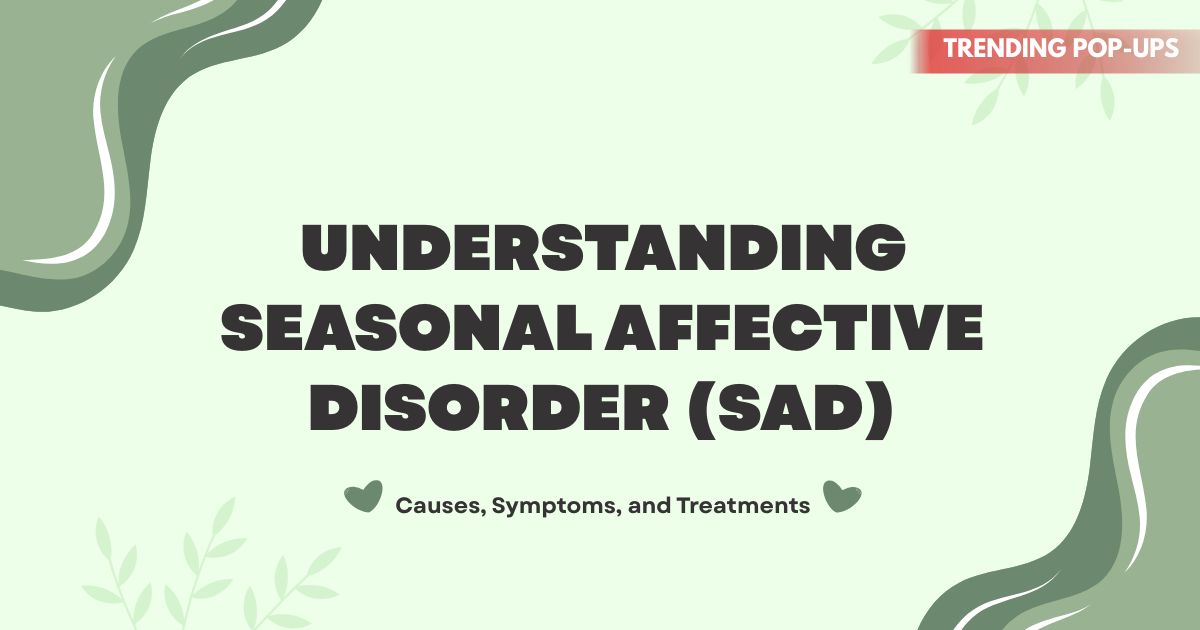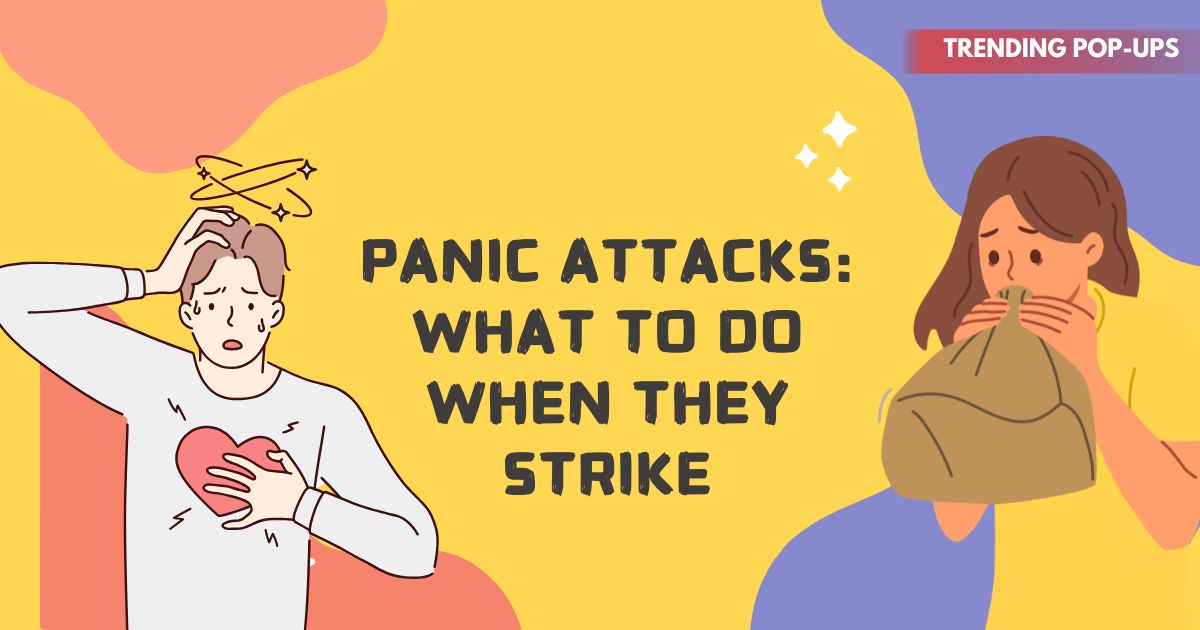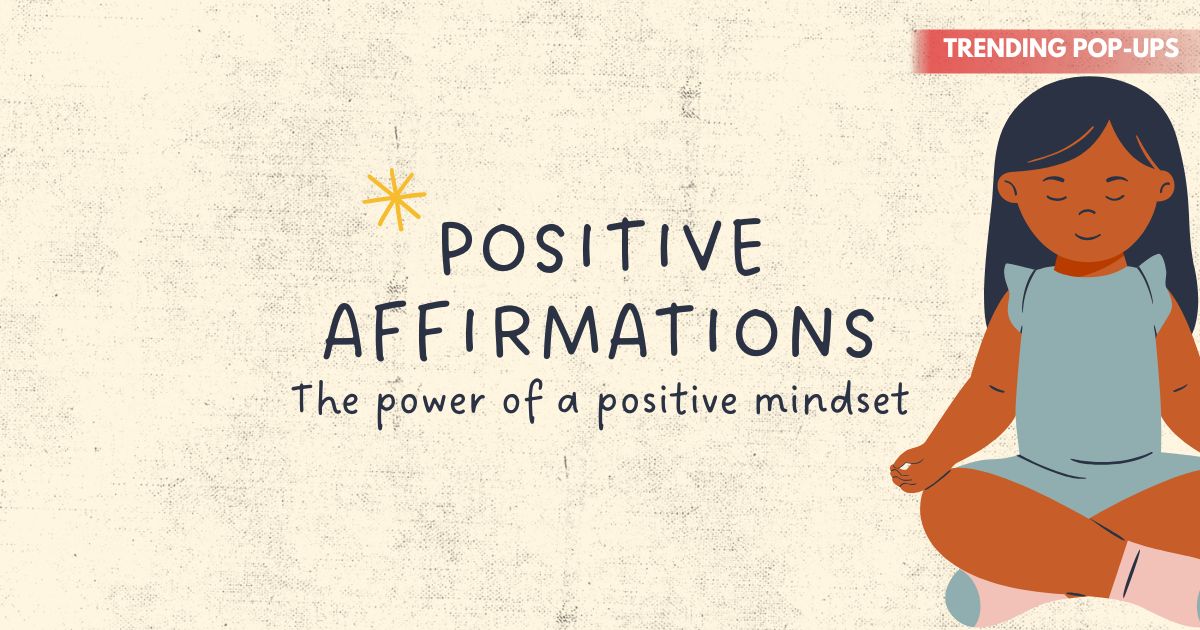As the days grow shorter and sunlight becomes scarce, many people notice changes in their mood, energy levels, and overall well-being. For some, this goes beyond the “winter blues” and manifests as a serious condition known as Seasonal Affective Disorder (SAD). SAD is a type of depression linked to seasonal changes, most commonly occurring during late fall and winter. Understanding this condition is crucial for early identification and effective treatment.
What is Seasonal Affective Disorder (SAD)?
Seasonal Affective Disorder is a subtype of depression that appears at certain times of the year, typically when daylight hours decrease. While most cases occur during winter months, some individuals may experience SAD during summer. It affects mood, sleep, appetite, and daily functioning, often making routine activities feel overwhelming.
Causes of Seasonal Affective Disorder
The exact cause of SAD is not fully understood, but several biological and environmental factors contribute to its development:
1. Reduced Sunlight Exposure
A decrease in sunlight can disrupt the body’s internal clock, known as the circadian rhythm, leading to feelings of depression.
2. Melatonin Imbalance
Sunlight influences melatonin production, a hormone that regulates sleep. Longer nights and less daylight can cause an overproduction of melatonin, making individuals feel more lethargic.
3. Serotonin Levels
Lower levels of serotonin, a neurotransmitter that stabilizes mood, are often linked with SAD. Reduced sunlight may decrease serotonin production, triggering depressive symptoms.
4. Genetic Predisposition
Individuals with a family history of depression or SAD may have a higher risk of developing the disorder.
Symptoms of Seasonal Affective Disorder
SAD symptoms often resemble those of major depression but appear in a seasonal pattern. Common symptoms include:
-
Persistent low mood or sadness
-
Fatigue and low energy
-
Loss of interest in activities once enjoyed
-
Oversleeping or difficulty waking up
-
Changes in appetite (often craving carbohydrates)
-
Difficulty concentrating
-
Feelings of hopelessness or worthlessness
-
Social withdrawal
Symptoms usually begin in late autumn, peak during winter, and improve by spring.
Risk Factors for SAD
Not everyone experiences SAD, but certain factors increase vulnerability:
-
Geographic Location: People living farther from the equator experience longer winters and are at higher risk.
-
Age: Young adults are more likely to develop SAD compared to older adults.
-
Gender: Women are diagnosed with SAD more often than men.
-
Family History: A genetic link to depression or SAD increases susceptibility.
How is Seasonal Affective Disorder Diagnosed?
There is no single test for SAD. Diagnosis typically involves:
-
Medical History: Reviewing past mental health conditions.
-
Symptom Evaluation: Determining if symptoms recur seasonally for at least two years.
-
Physical Exam: Ruling out other health issues such as thyroid problems.
-
Mental Health Assessment: Using questionnaires or interviews to measure depression severity.
Treatment Options for Seasonal Affective Disorder
The good news is that SAD is treatable. A combination of therapies can help manage symptoms effectively:
1. Light Therapy (Phototherapy)
A widely used treatment involves sitting near a light therapy box that mimics natural sunlight. Exposure for about 20–30 minutes daily can regulate melatonin and serotonin levels.
2. Medication
Antidepressants, particularly SSRIs (Selective Serotonin Reuptake Inhibitors), may be prescribed to balance mood-related chemicals in the brain.
3. Psychotherapy
Cognitive Behavioral Therapy (CBT) helps individuals identify negative thought patterns and develop healthier coping mechanisms.
4. Vitamin D Supplements
Low vitamin D levels are often linked to SAD. Supplementation may improve mood and energy levels.
5. Lifestyle Adjustments
-
Spending time outdoors, even on cloudy days
-
Exercising regularly to boost serotonin and endorphins
-
Maintaining a healthy diet with balanced nutrients
-
Practicing mindfulness and stress management techniques
Coping Strategies for SAD
In addition to professional treatments, self-care practices can play a vital role in managing SAD:
-
Create a Daily Routine: Structure provides stability and combats depressive symptoms.
-
Stay Socially Connected: Engage with friends, family, or support groups to reduce isolation.
-
Maximize Natural Light: Keep curtains open during the day and sit near windows.
-
Limit Alcohol and Caffeine: Both can worsen mood swings and sleep disturbances.
-
Practice Relaxation: Yoga, meditation, and deep breathing can reduce anxiety.
Seasonal Affective Disorder in Summer
Though less common, some individuals experience SAD during summer months. Symptoms may include insomnia, poor appetite, agitation, and restlessness. Factors like heat, long daylight hours, or disrupted sleep cycles may contribute. Treatments remain similar, though strategies may focus more on sleep regulation and stress management.
When to Seek Professional Help
If feelings of sadness, fatigue, or hopelessness persist beyond typical seasonal changes or interfere with daily life, seeking professional help is essential. Early treatment can prevent symptoms from worsening and improve overall quality of life.
Summary
Seasonal Affective Disorder (SAD) is more than just a case of winter blues—it is a form of depression triggered by seasonal changes. Reduced sunlight, melatonin imbalance, and serotonin fluctuations are major contributors. Recognizing symptoms early and seeking treatment through light therapy, medications, psychotherapy, and lifestyle adjustments can make a significant difference. By understanding SAD, individuals can take proactive steps to manage their mental health and maintain balance year-round.
Also Read : Effective Ways to Reduce Work-Related Stress
Frequently Asked Questions (FAQs)
1. Is Seasonal Affective Disorder the same as depression?
SAD is a type of depression, but it follows a seasonal pattern, usually recurring in winter or summer.
2. Can light therapy cure SAD completely?
Light therapy is highly effective for many people, but it may not work alone. It is often used alongside other treatments like therapy or medication.
3. How long does SAD usually last?
Symptoms typically last through the fall and winter months, improving with the return of spring and longer daylight hours.
4. Who is most at risk of developing SAD?
Young adults, women, and individuals living far from the equator are most at risk.
5. Can lifestyle changes alone manage SAD?
Mild cases may improve with lifestyle changes, but moderate to severe cases often require professional treatment.



